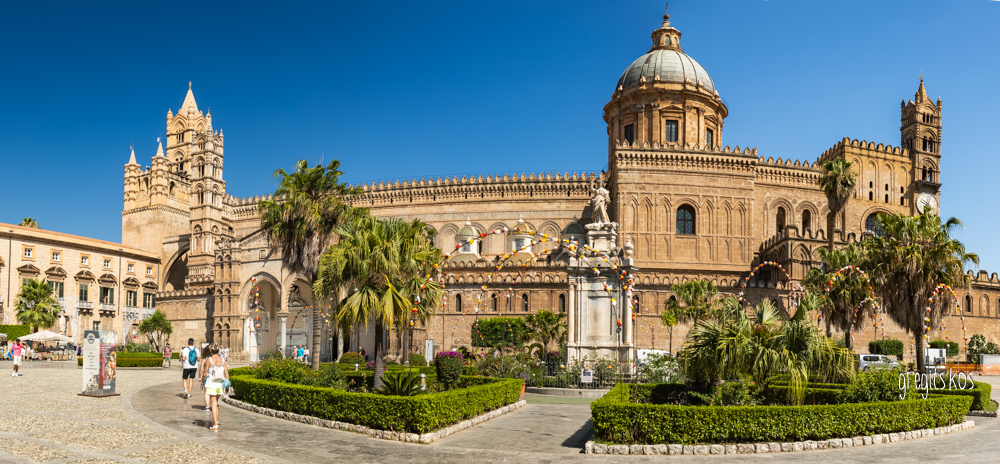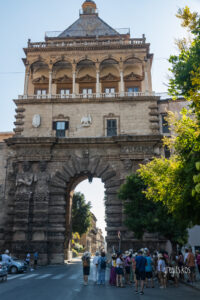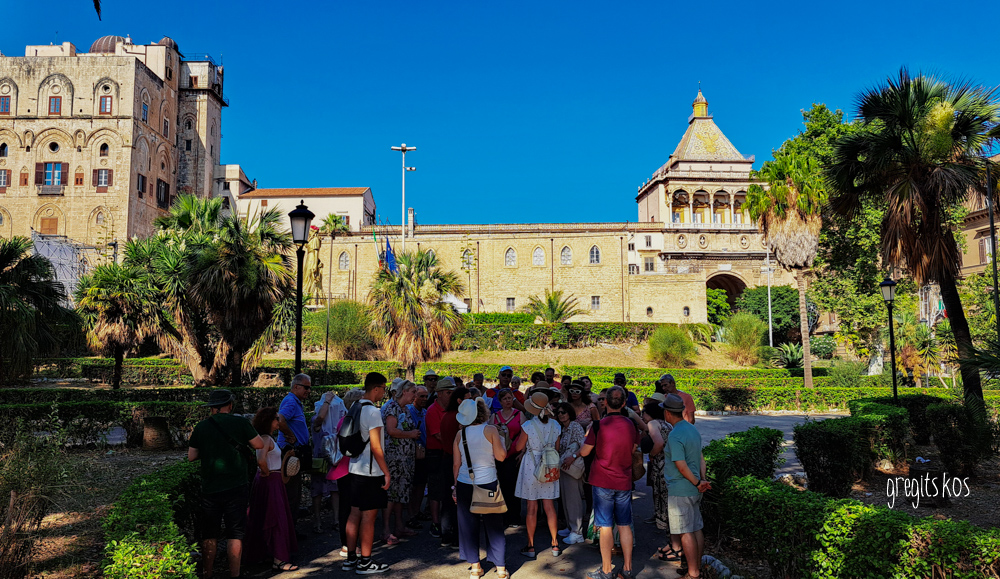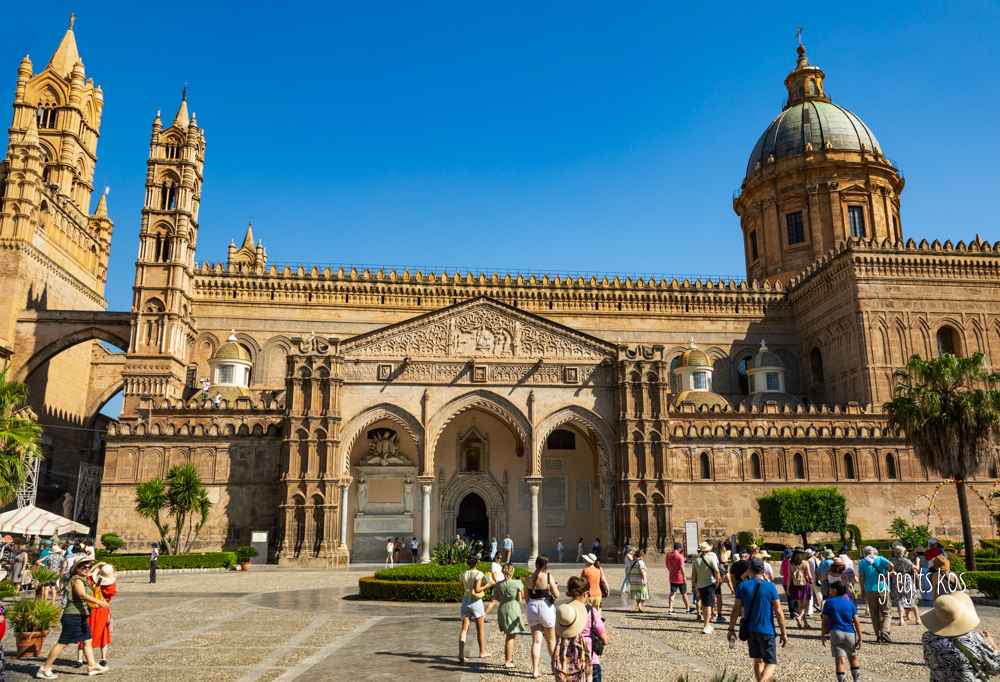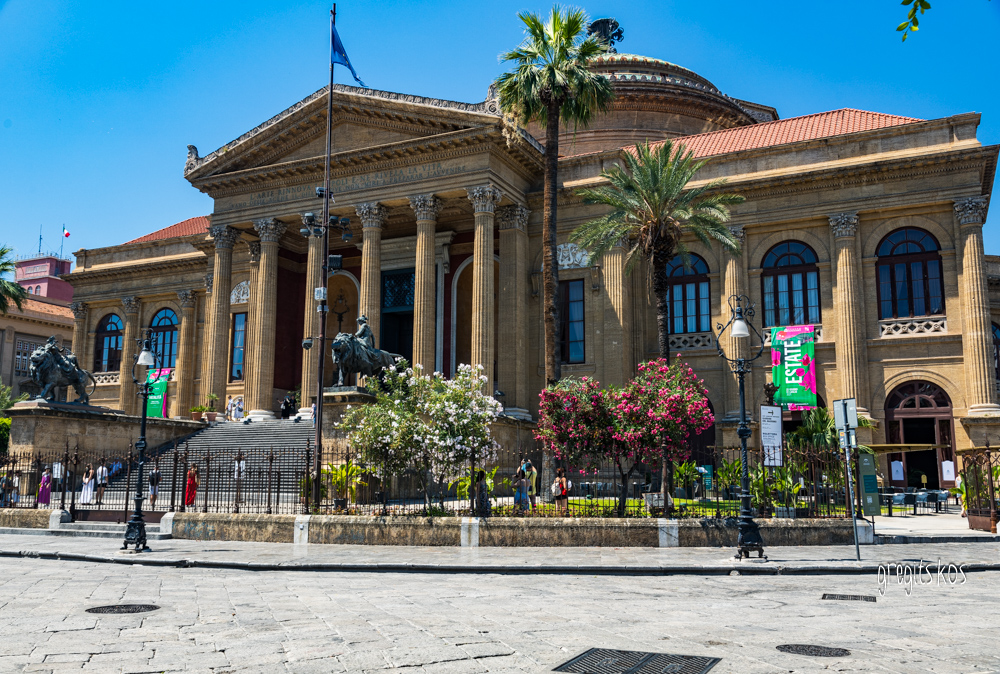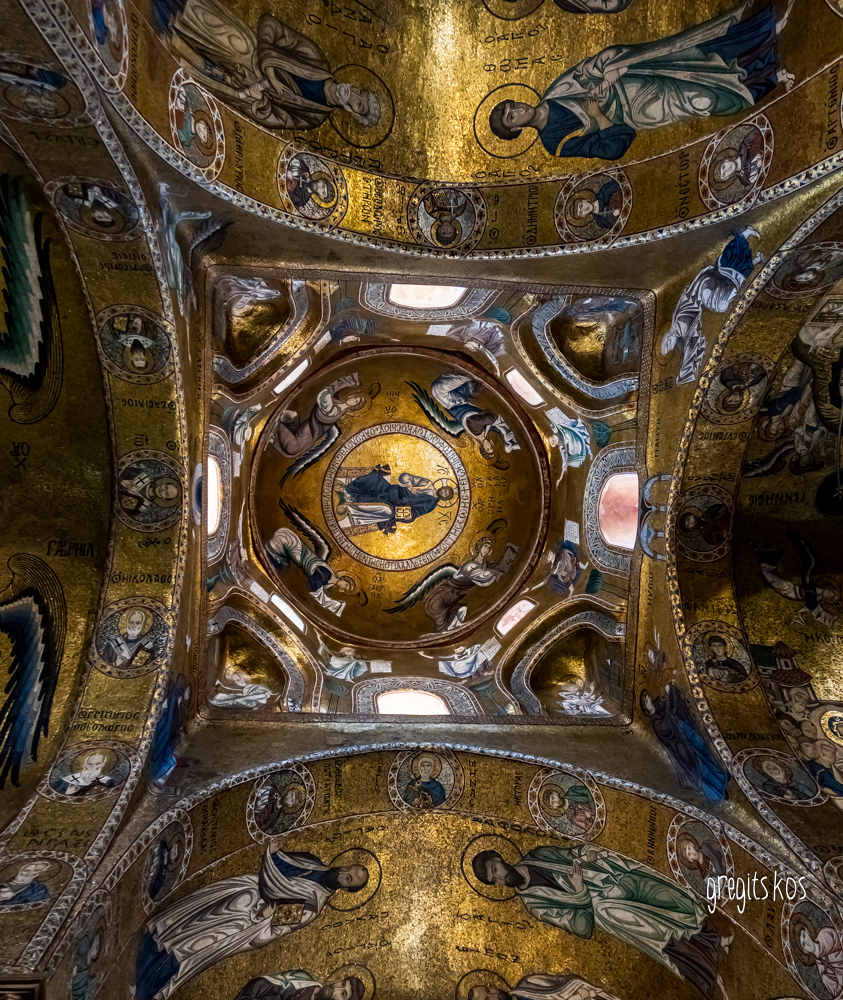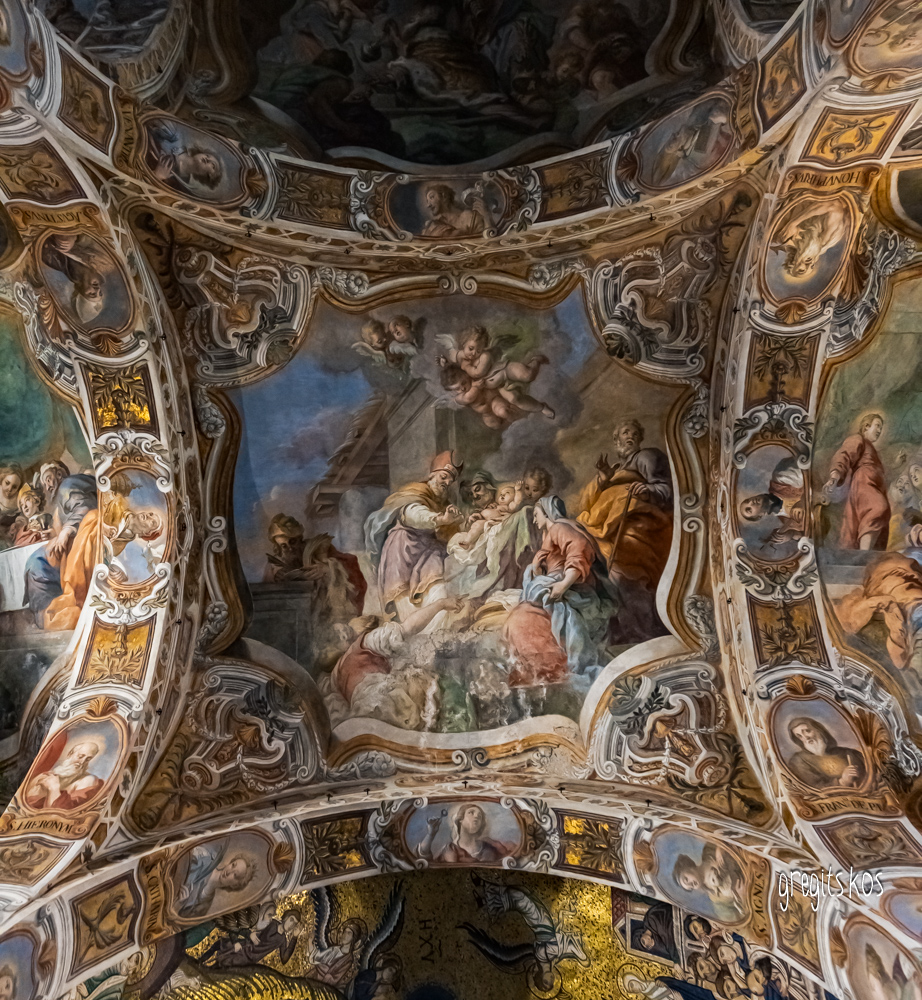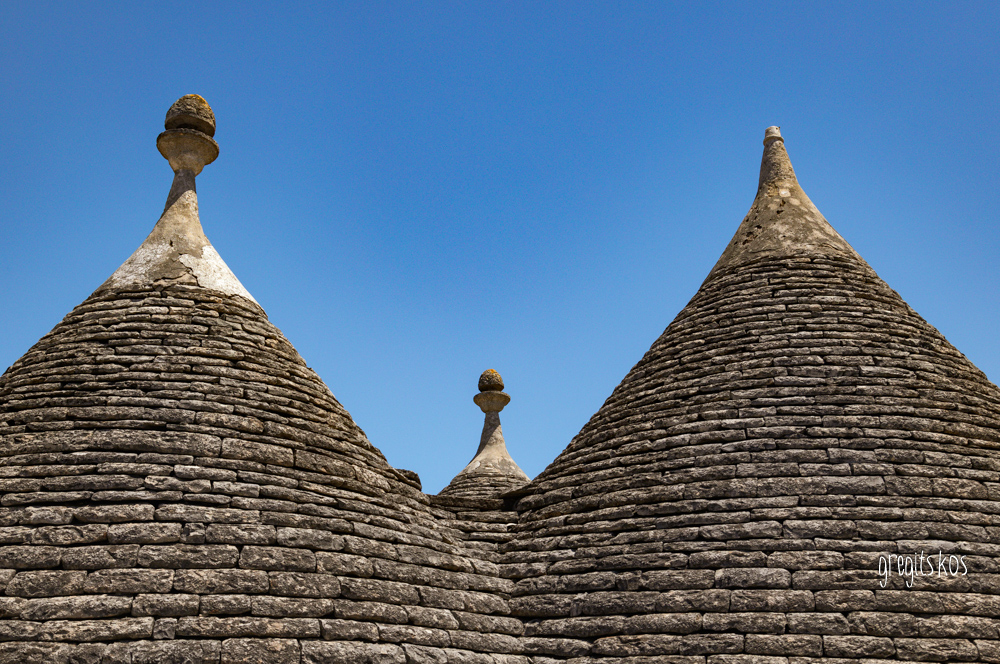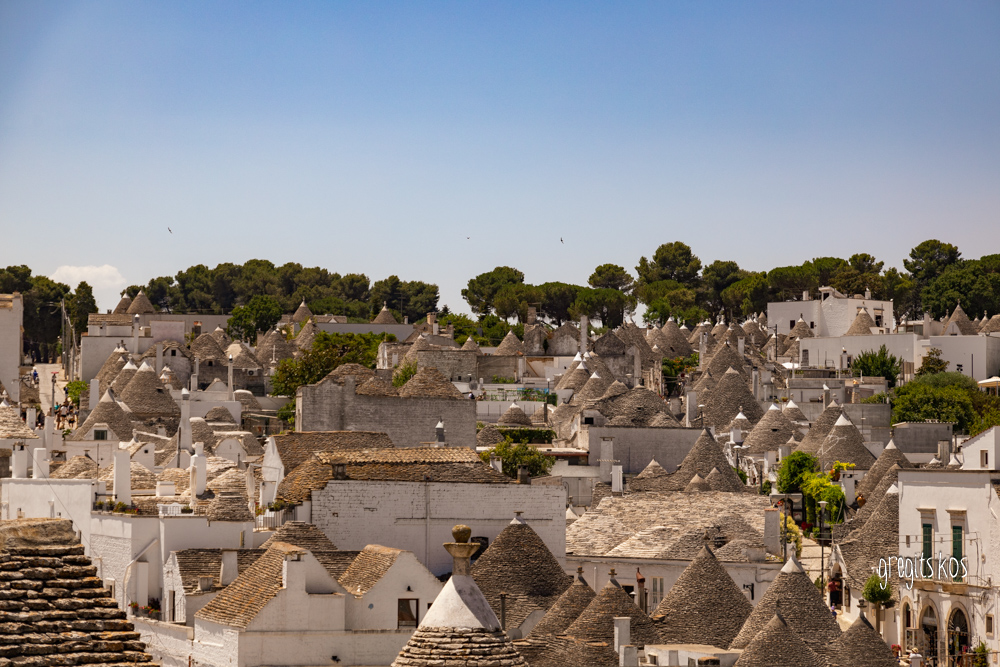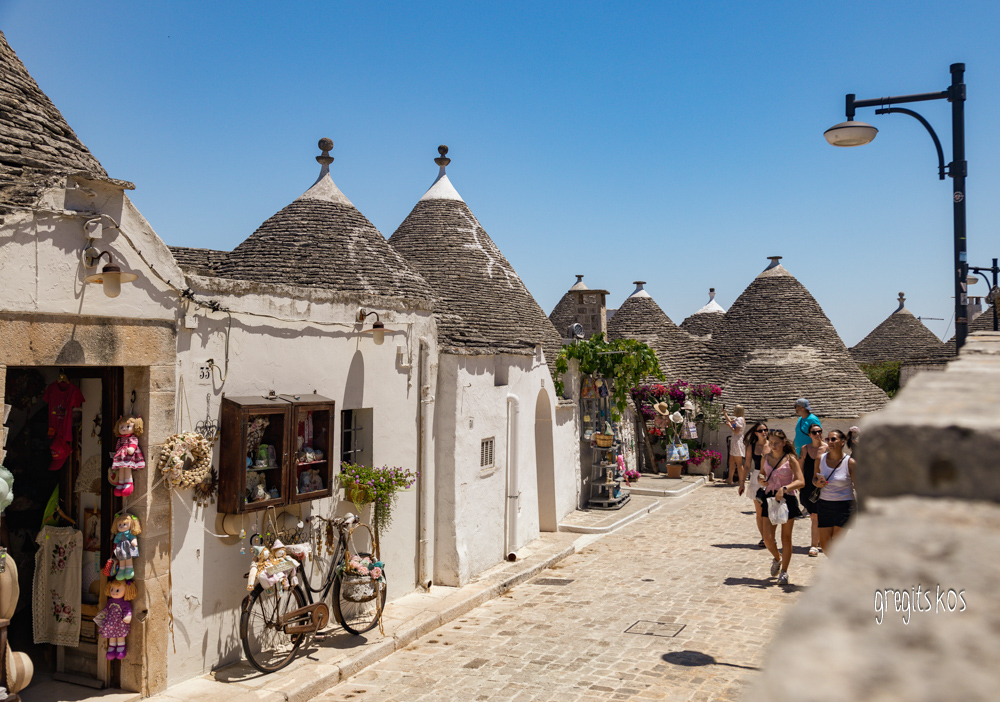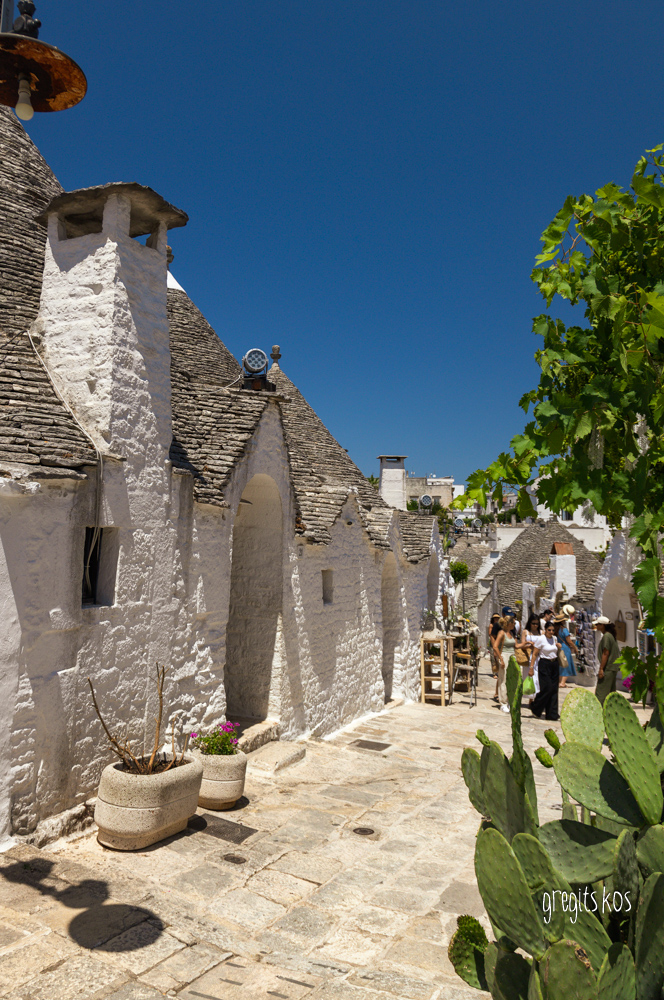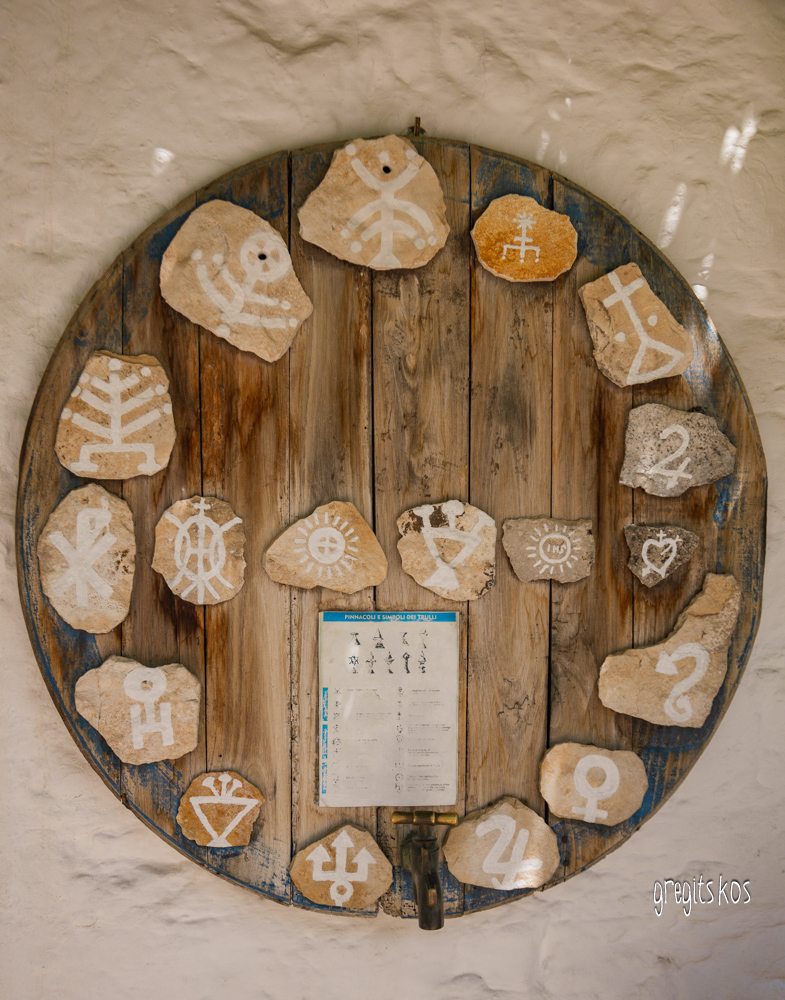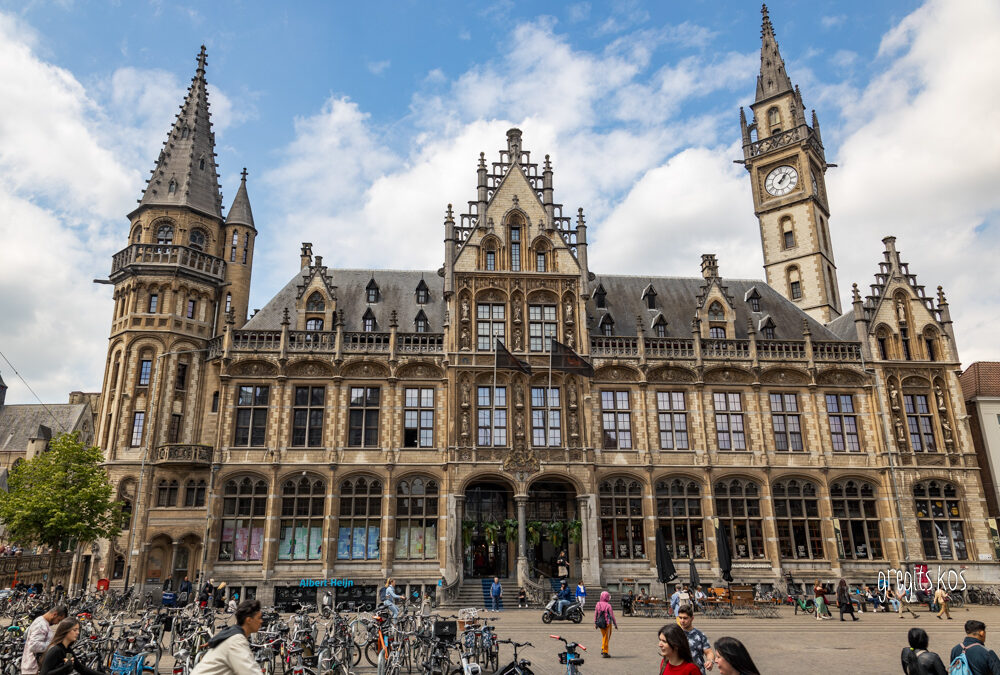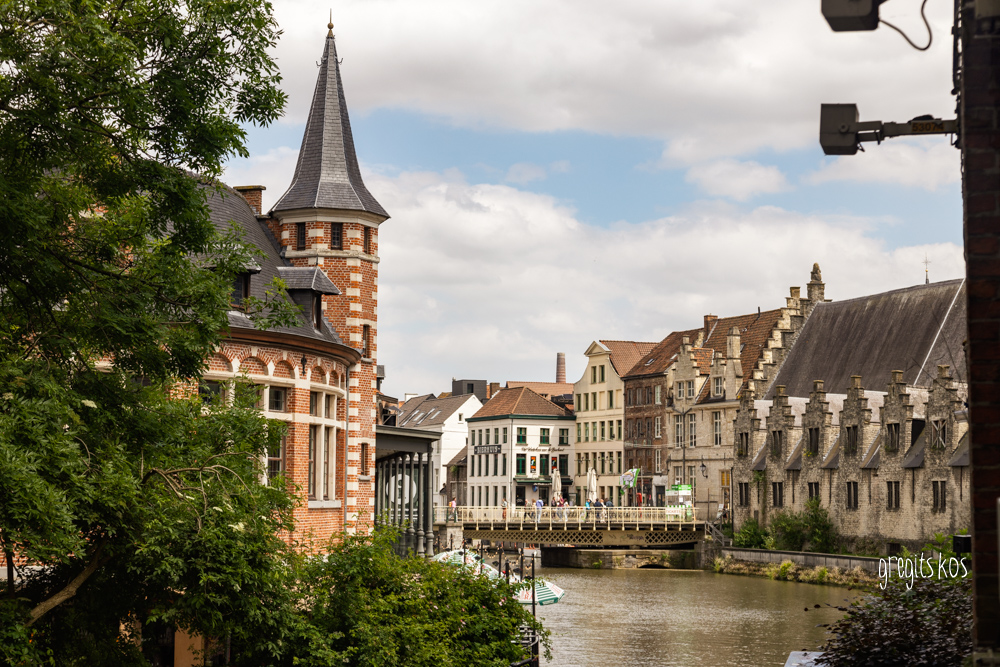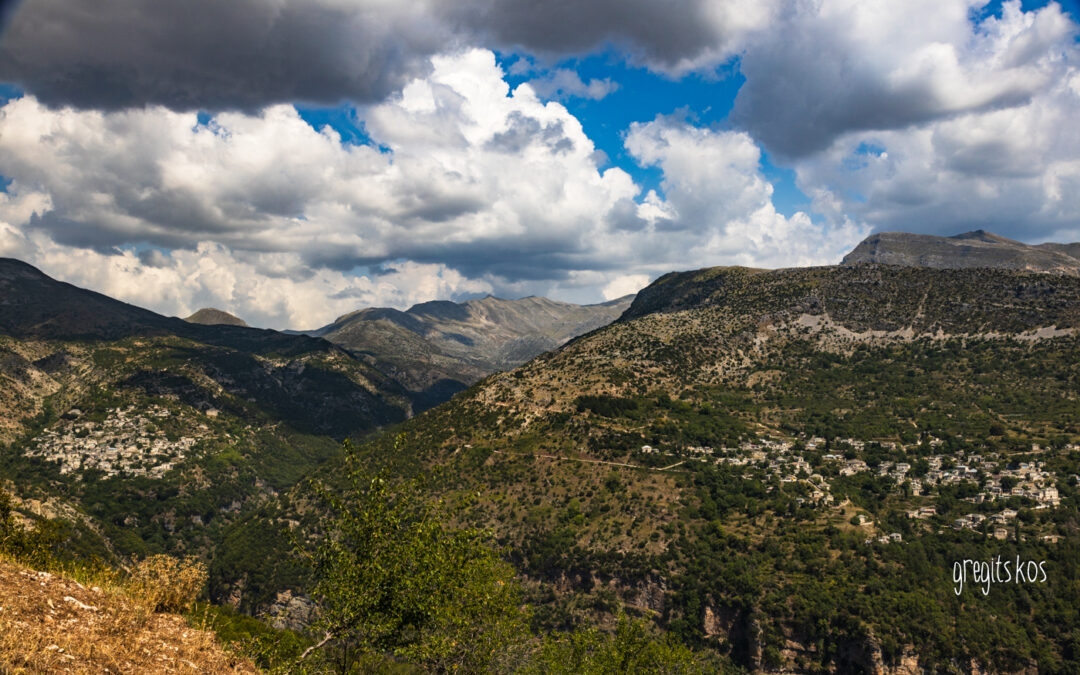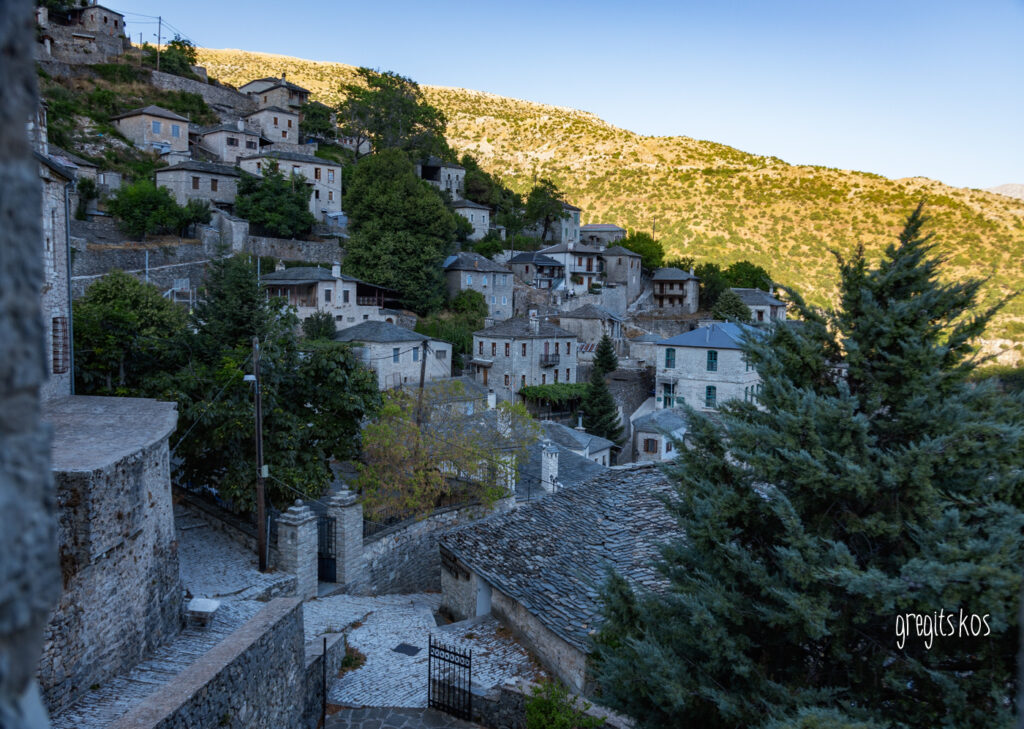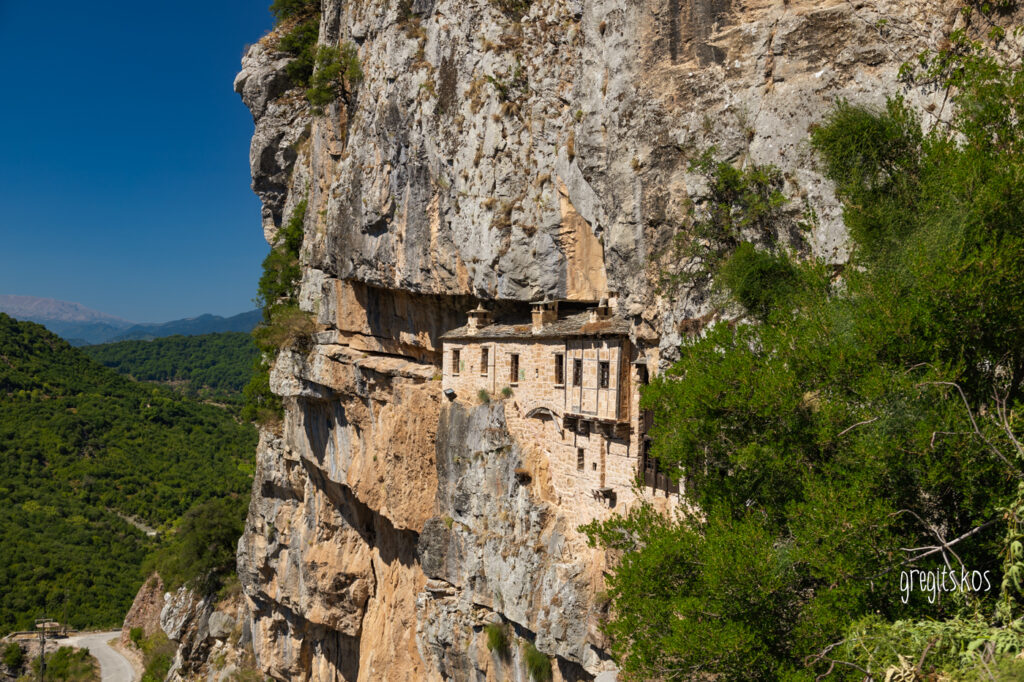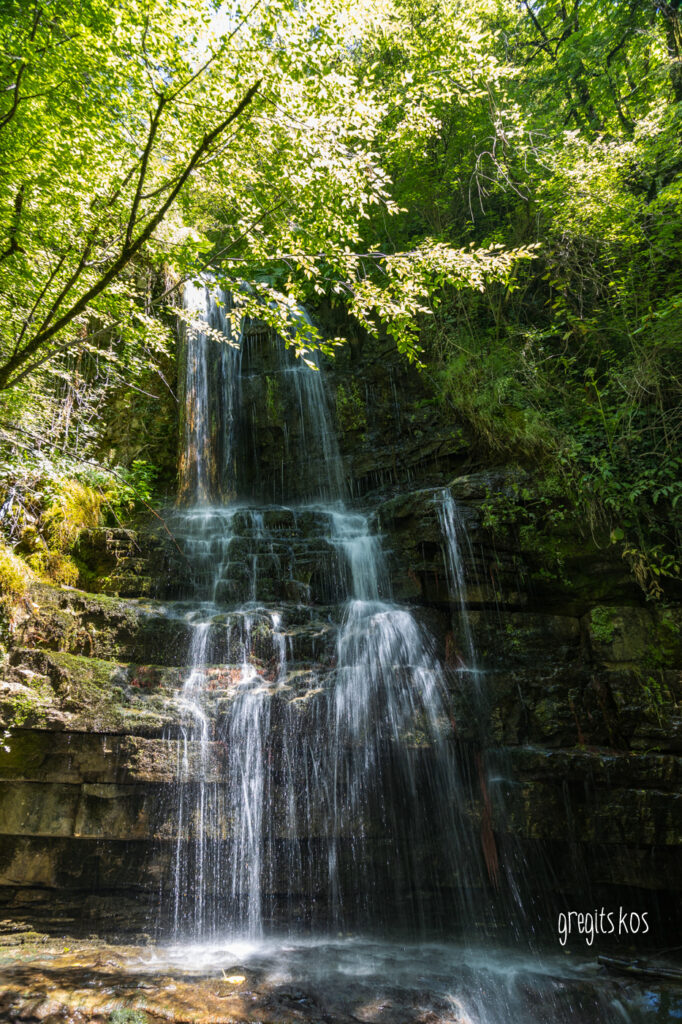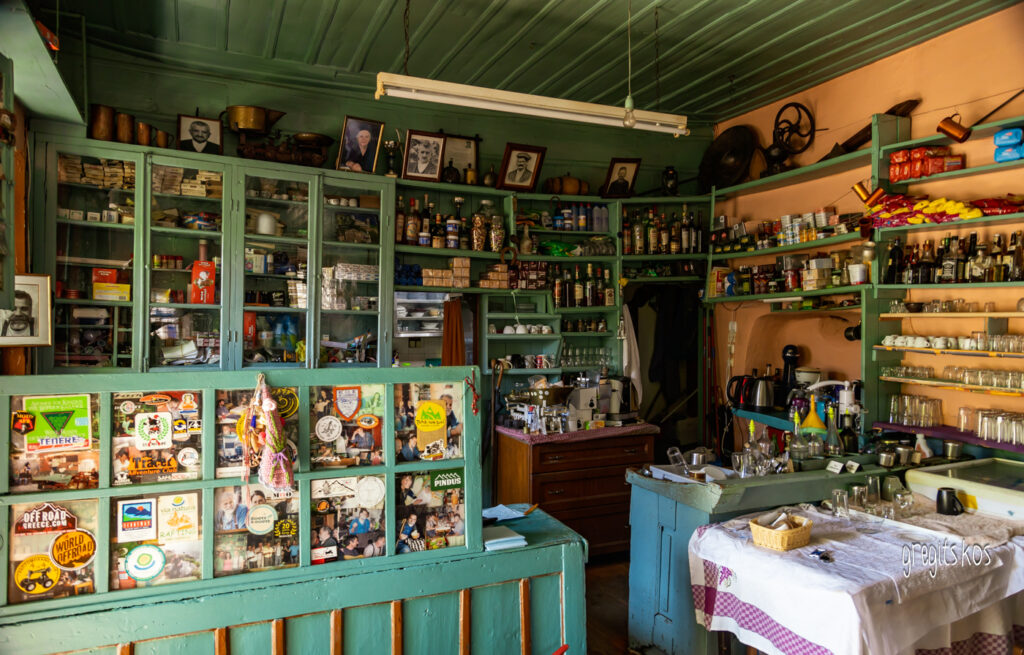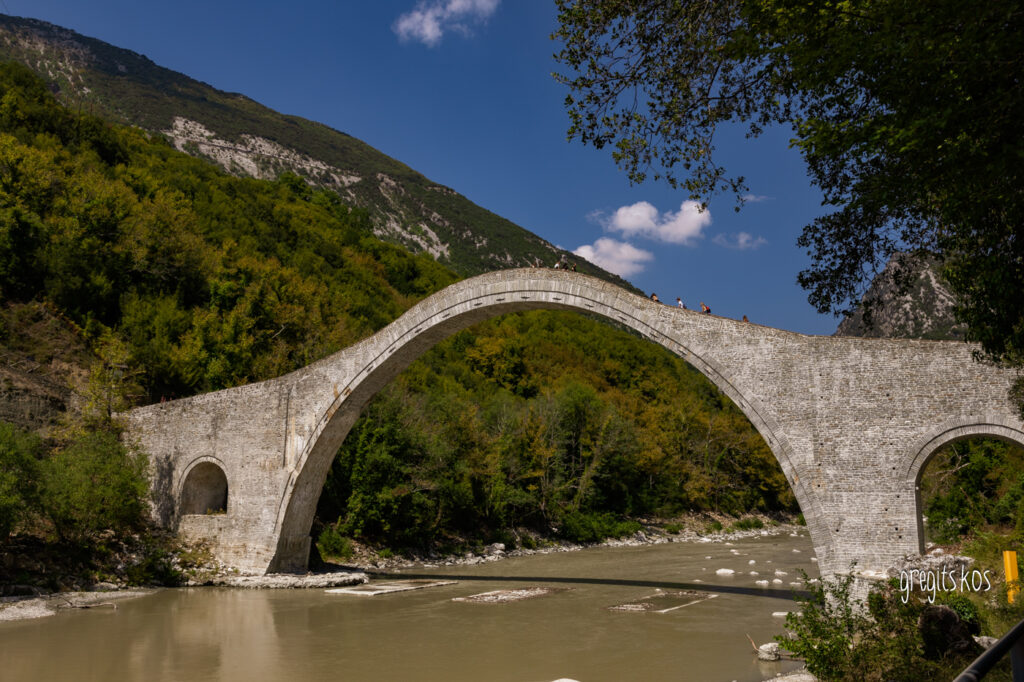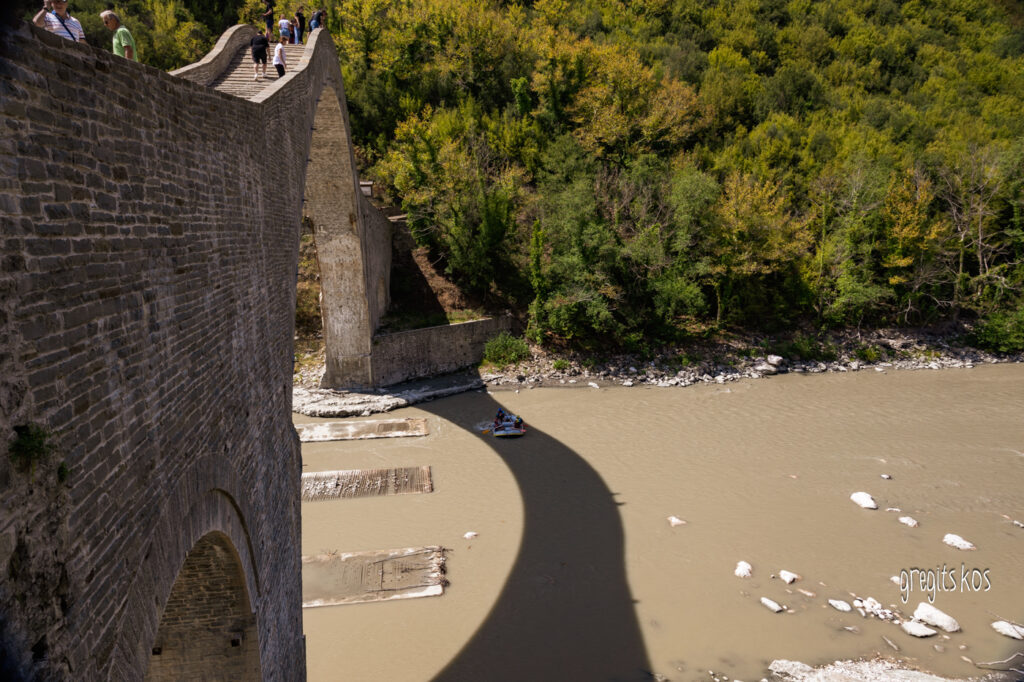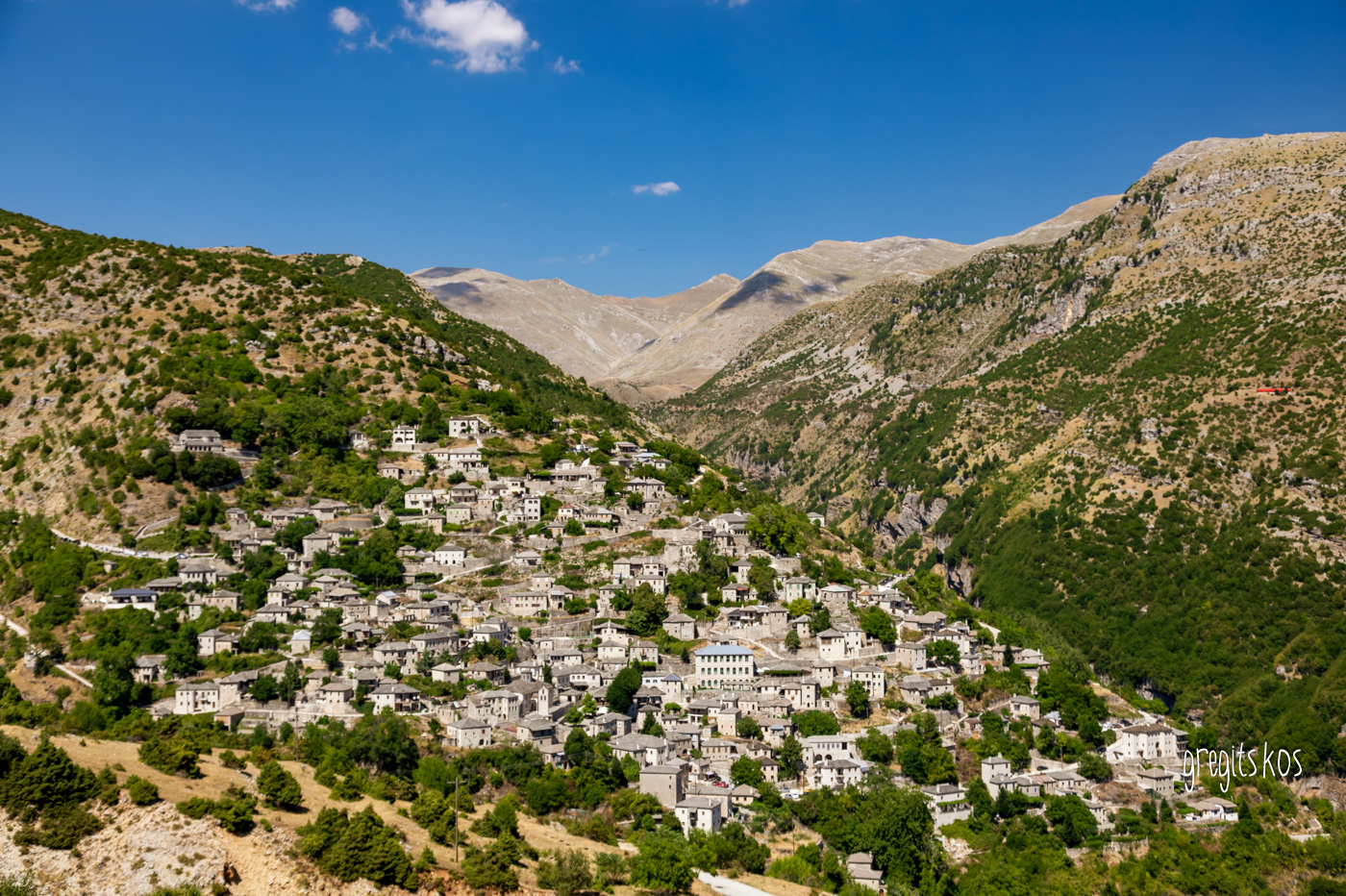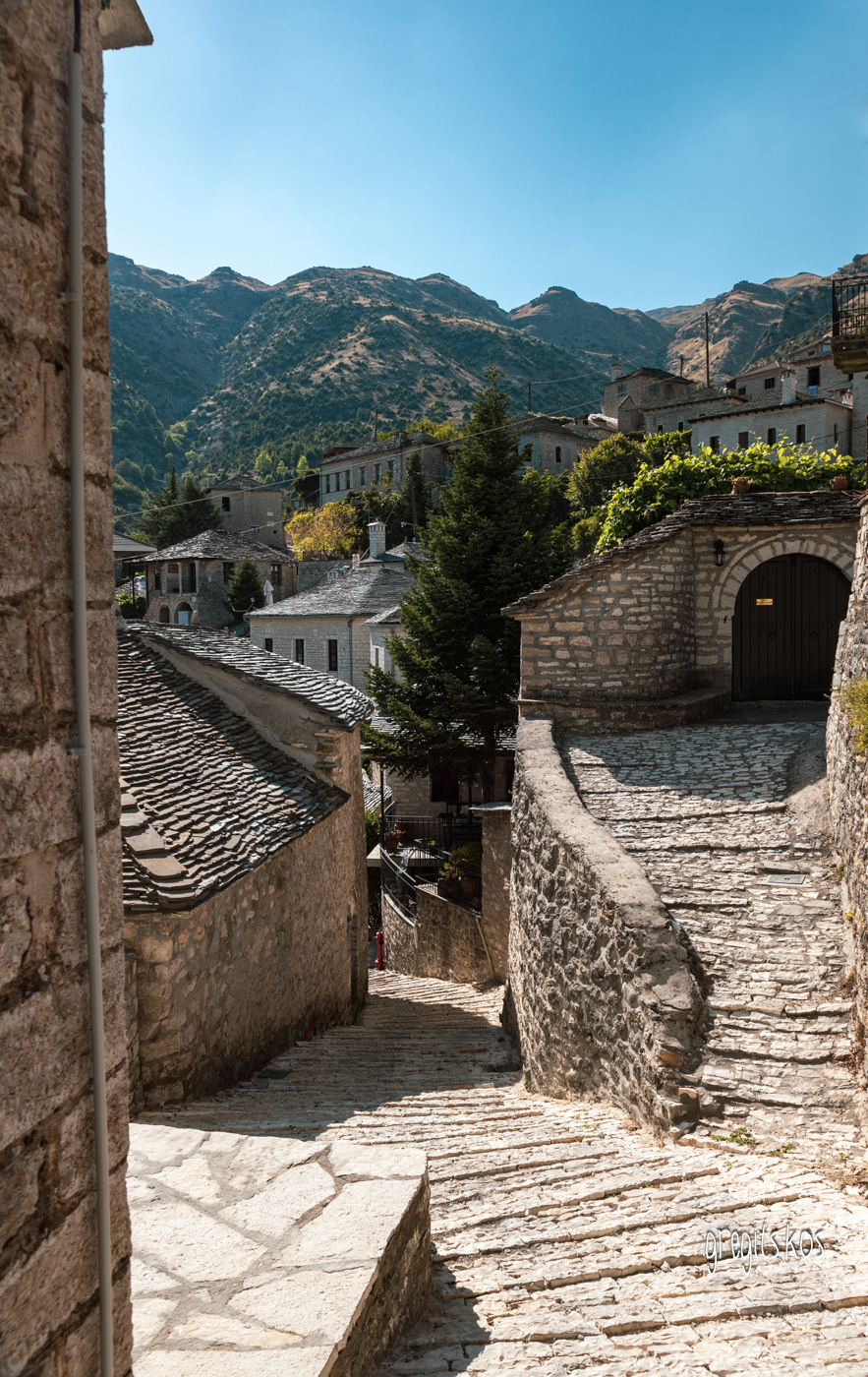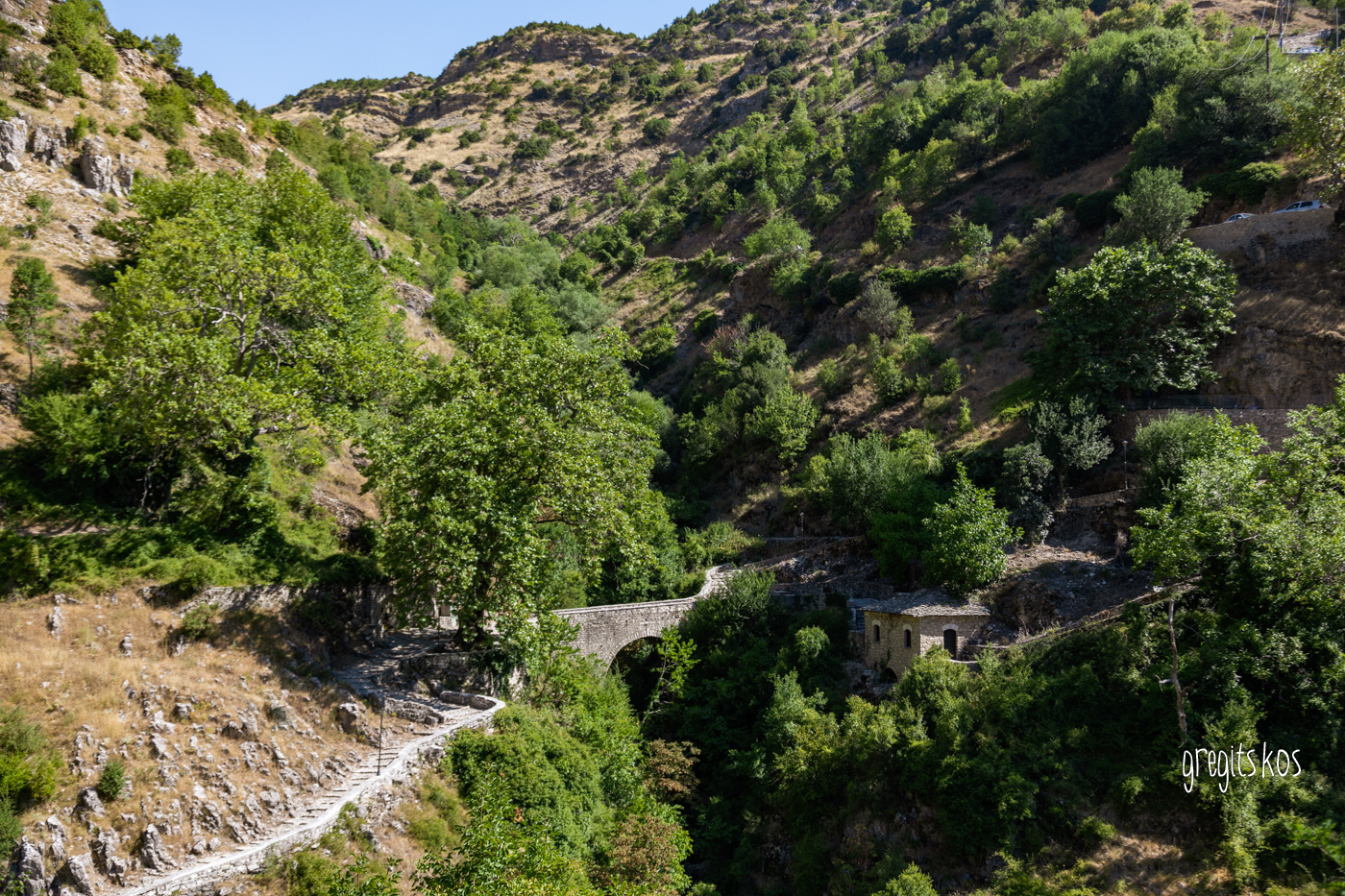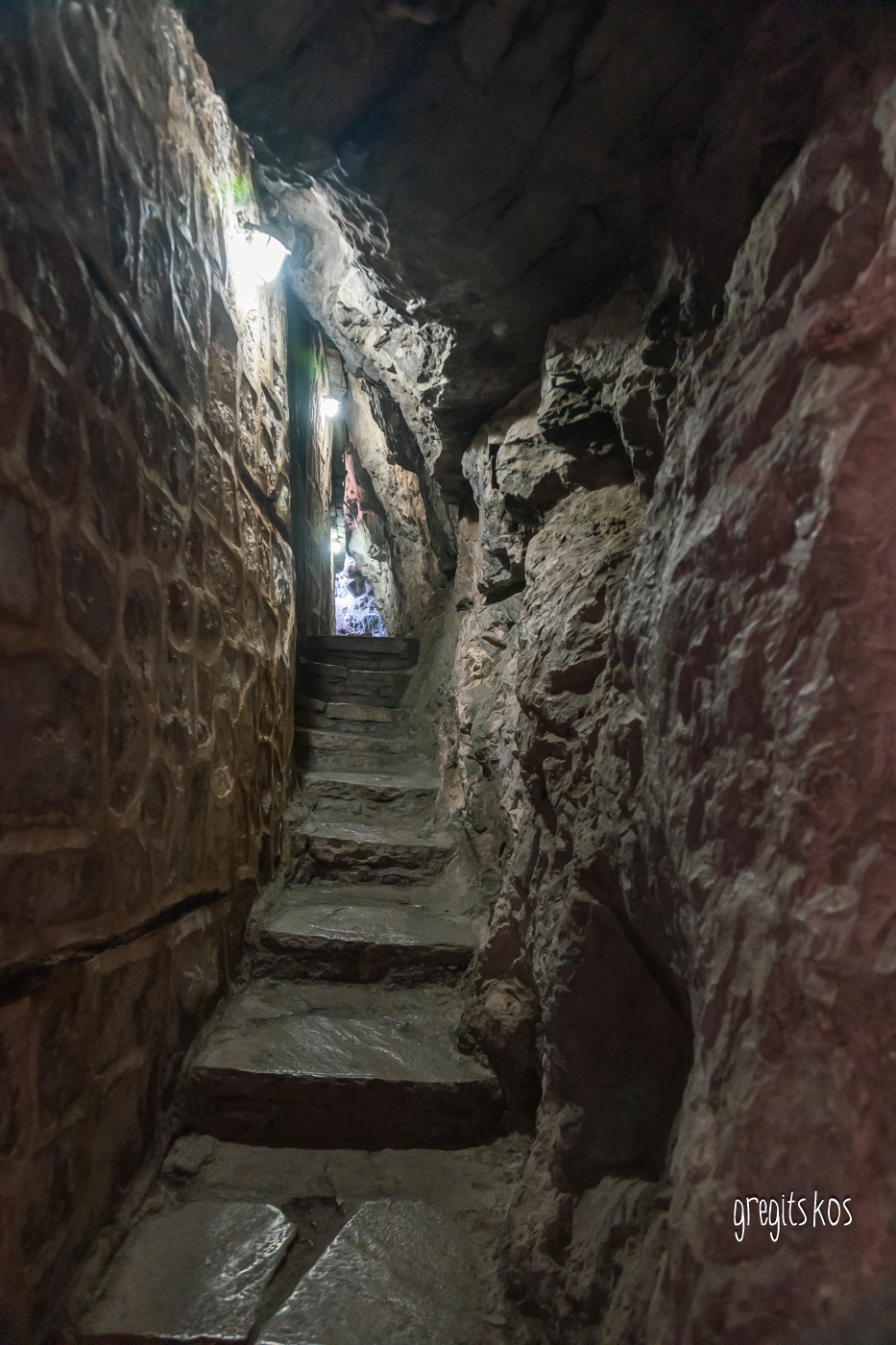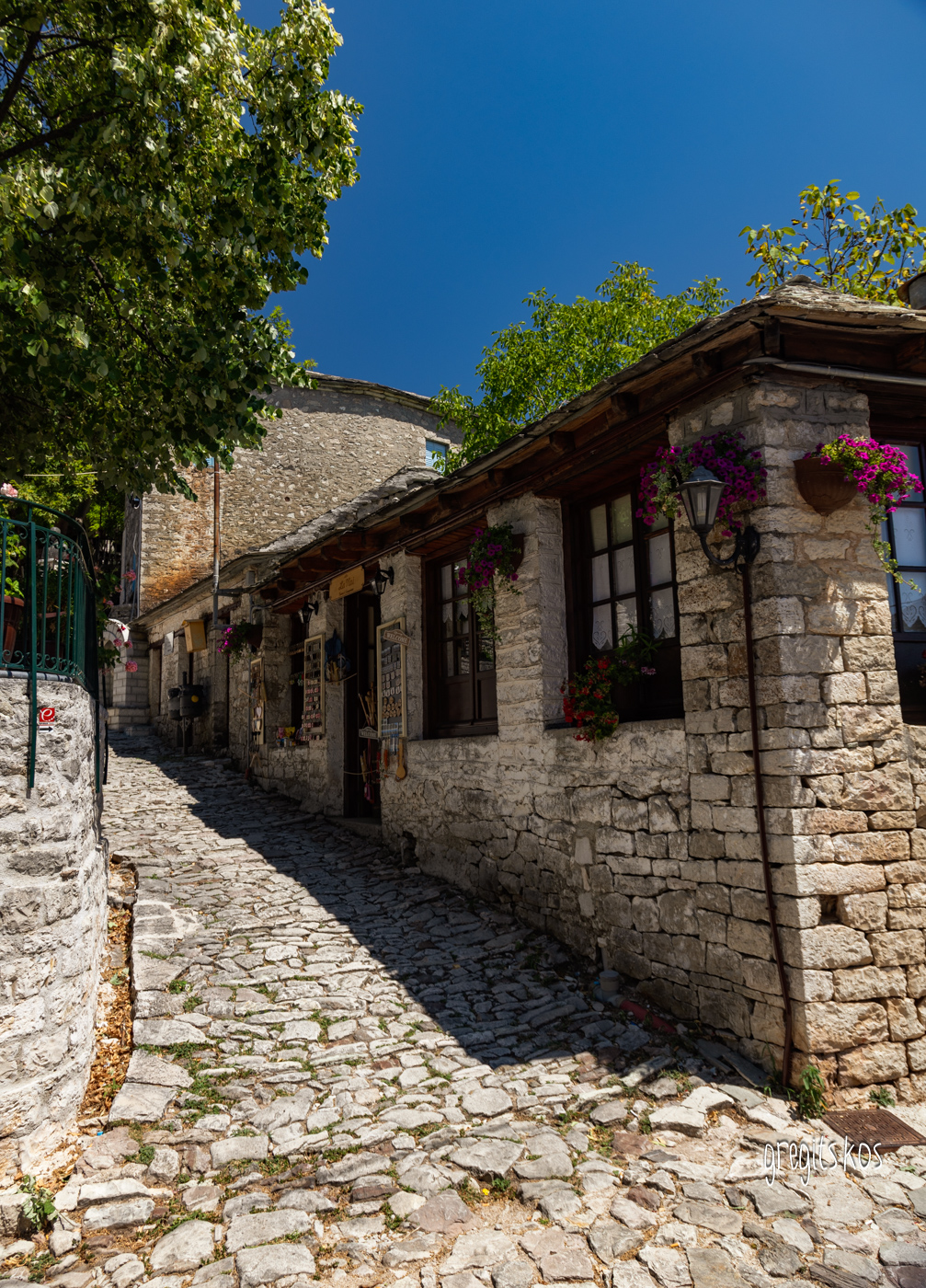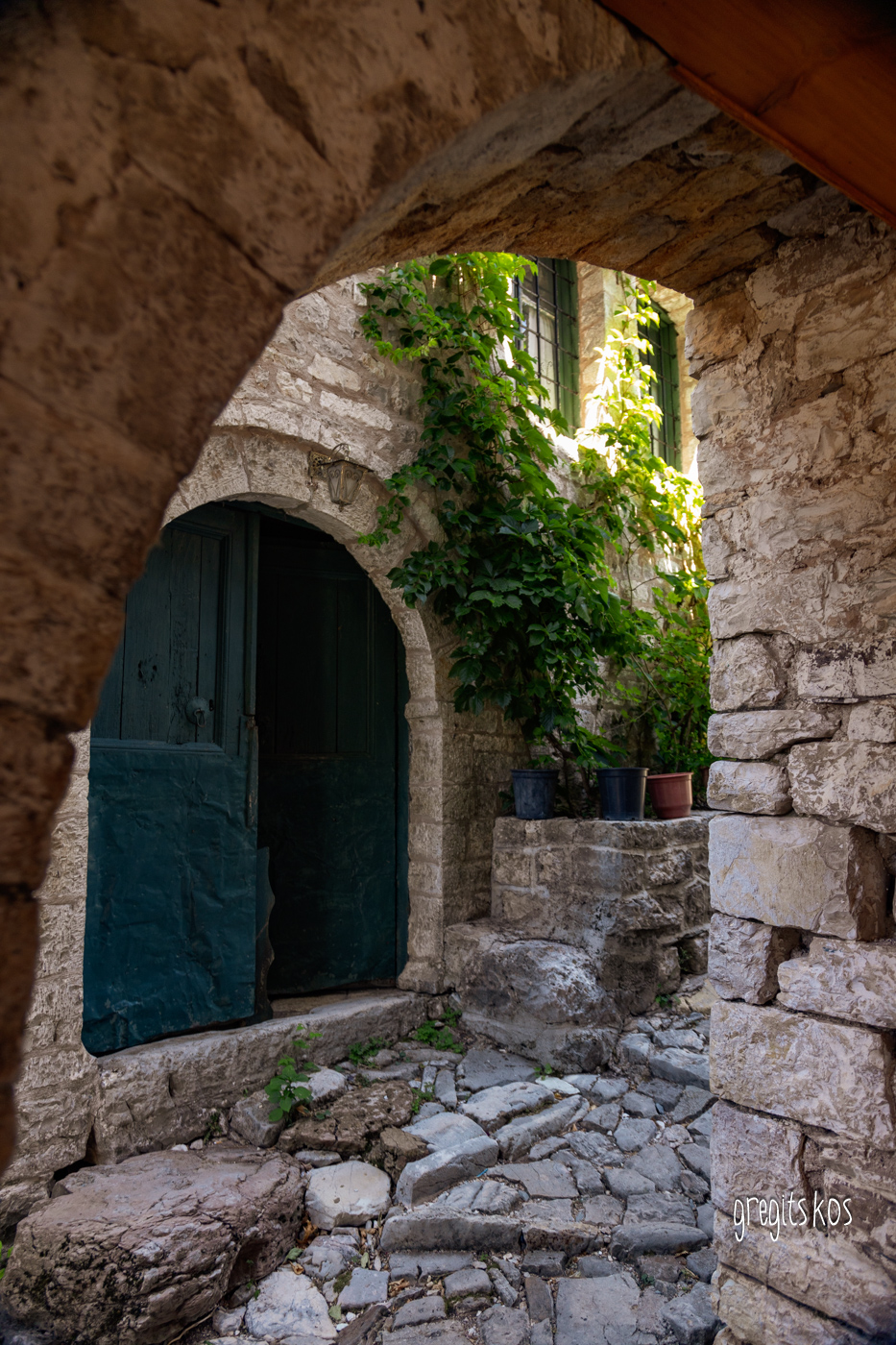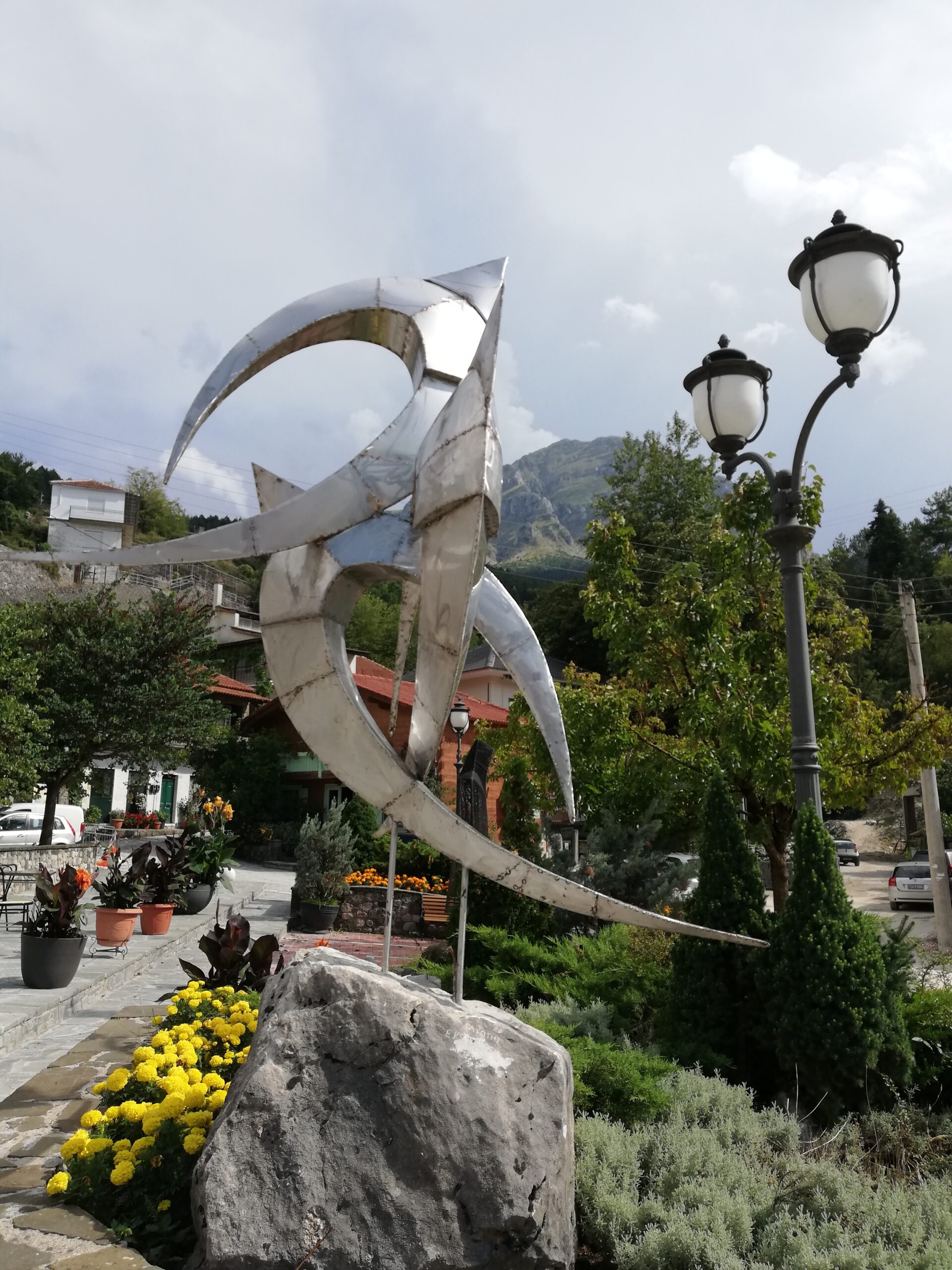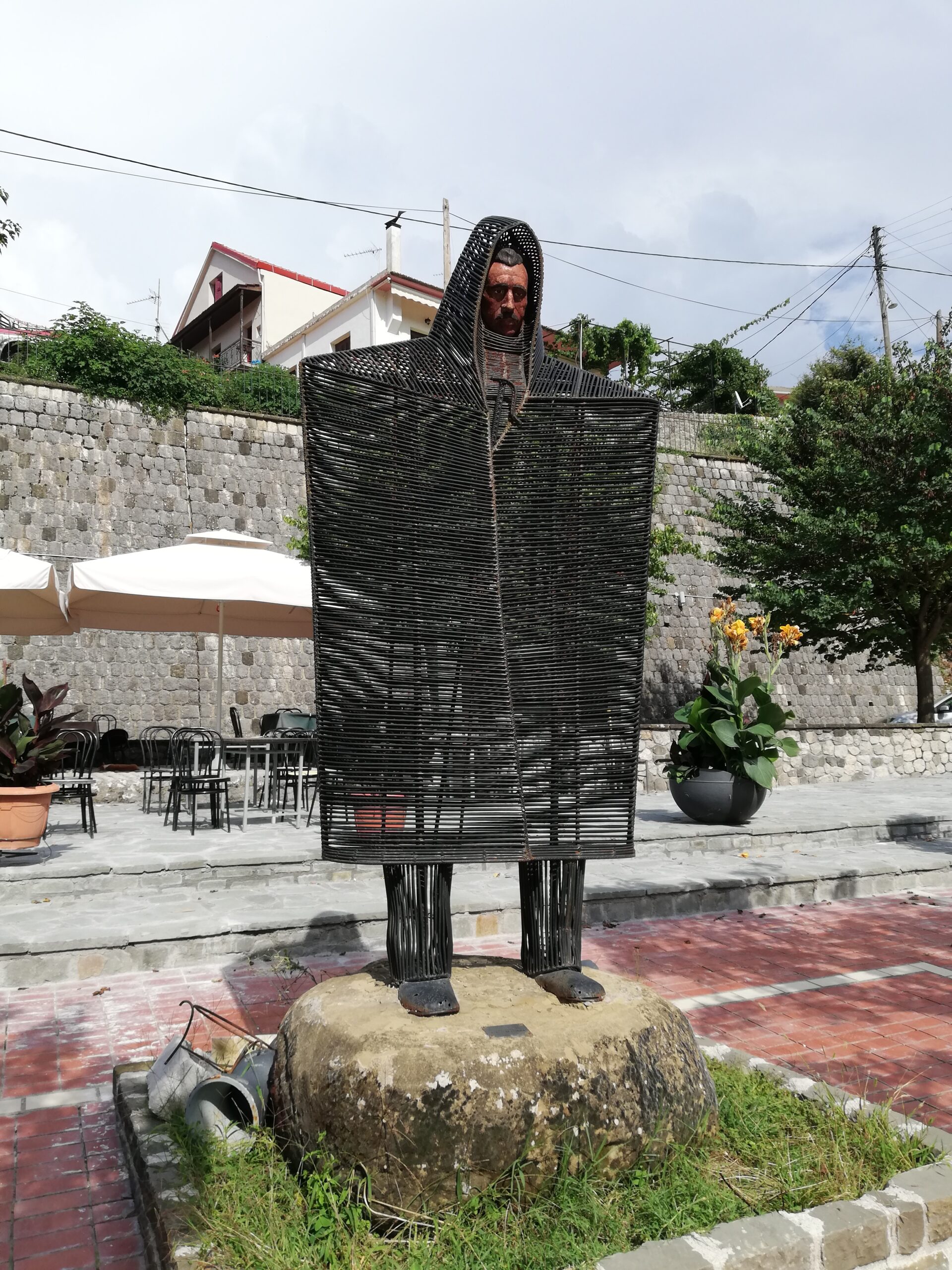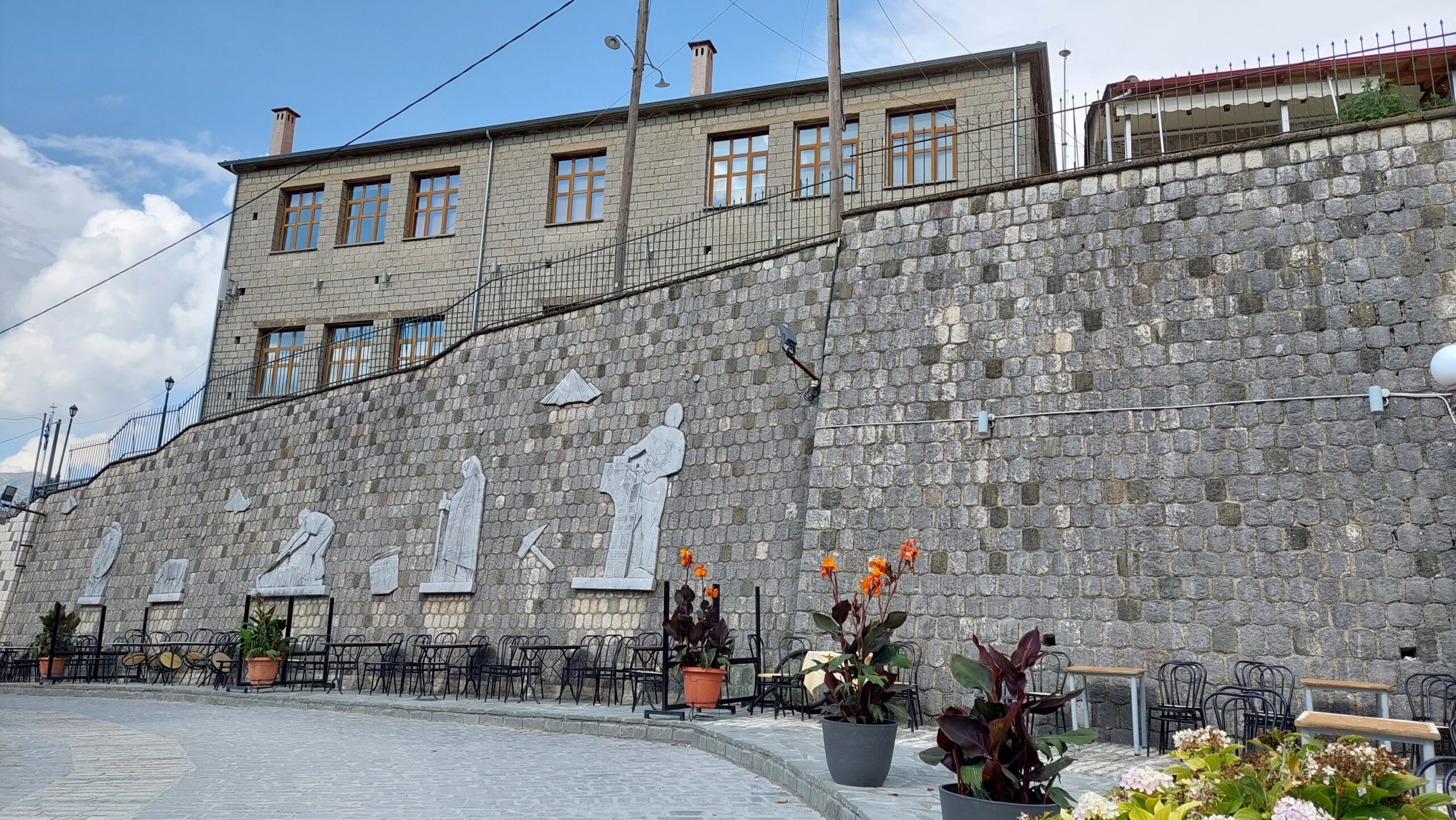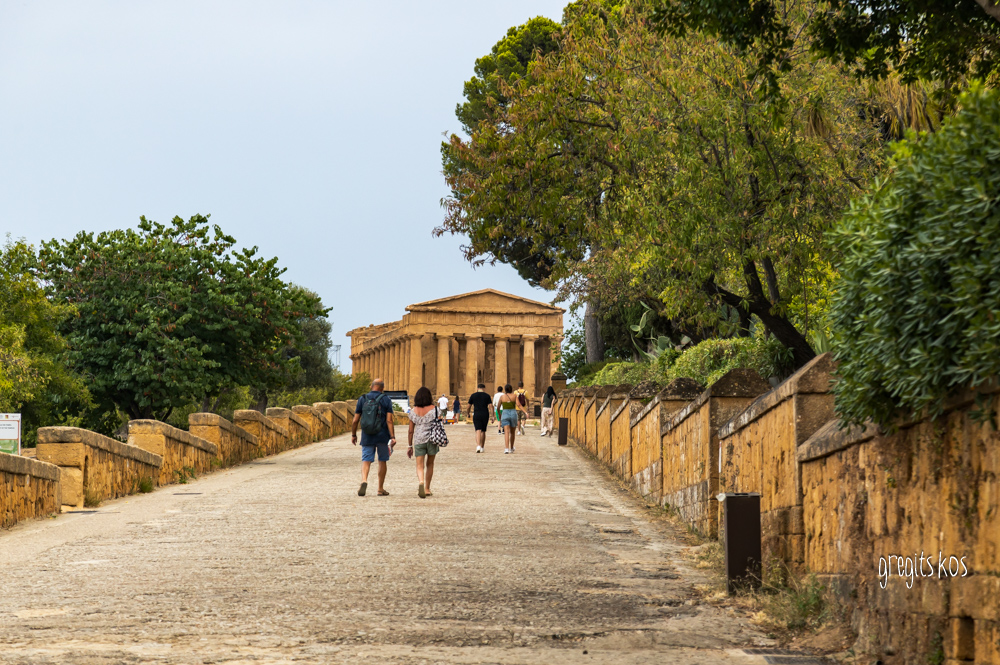
A journey into history in the Valley of the Temples – Agrigento, Sicily
We arrived in Acragantas (its Greek name), Agrigento (a super musical name!), crossing the island from north (Palermo) to south, having the opportunity to get to know the inland with its endless fields of grain. Countless bales of straw scattered over vast expanses. A very artistic sight! Our visit had the sole purpose of touring the archaeological site, the “Archaeological Park of the Valley of the Temples”. We left the modern city for another visit!
So let’s meet Acragantas, in southern Sicily, one of the most brilliant cities of Magna Grecia. It was founded in 582 BC by colonists from Gela. The “most beautiful city of mortals”, as the poet Pindar called it, was a rich city with great power, home to artists, philosophers and important men of history. So, the number one reason of your visit is the “Valley of the Temples” (La Valle dei Templi). You will be impressed! Take note on the the temperatures and if it’s too hot, make sure you are properly equipped! You will need considerable time to explore the vast area amidst the olive and almond trees, between the sea and the modern city of Agrigento. Here people really struggled to save the large number of surviving temples. You will see memorial plaques with the names of those who fought for it. Since 1997 it has been a UNESCO World Heritage Site.
The 1,300-hectare archaeological site includes 10 Doric temples, 3 sanctuaries, a necropolis, hydraulic works, fortifications …… and many more. What do we suggest you do?
Start from the top of the archaeological site and go down the hill. First, stop at the Temple of Hera Lacinia (Tempio di Hera Lacinia), standing at an impressive location, at the top of the hill, with 24 surviving columns and obvious traces of the fire of 406 BC, when it was destroyed by the Carthaginians. Further down, with the ruins of the Greek Walls (Mura Greche) on your left, walk along the Via Sacra to the famous Temple of Concordia (Tempio della Concordia), one of the best preserved in the world. It was adopted as the logo for the UNESCO emblem. Its peristyle consists of 34 columns, on a base with 4 steps instead of the 3 that the temples in Greece had. Continue in front of the Villa Aurea to the Temple of Hercules (Tempio di Ercole), the oldest of all (6th century BC) with 8 of the 38!!! original columns standing today. To the east of the temple you can see the ruins of a large altar. In Sicily, Hercules was worshipped as a god and not as a demigod!
Enter the area of the Temple of Olympian Zeus (Tempio di Zeus Olimpico) (5th century). It was the largest in the entire West (113x56m). On its façade, instead of columns, stood Telamons, naked giants 7.60 meters high, who like Atlases held the roof on their shoulders. One of them in life size was in the space in front of us standing upright so that we could get a sense of its enormous size.
In a large area below is the complex of sanctuaries of the Chthonian Deities (Demeter and Persephone) and within it the Temple of the Dioscuri (Tempio dei Dioscuri) with its 4 remaining columns (it has become a symbol of the city).
You need two hours for this tour. However, there’s much more to see at the archaeological park on the side below the hill with the temples. It is the ancient city of Akragantas, with the Agora and the Vouleuterion, the Regional Archaeological Museum, the Necropolis and temples outside the walls, but also the Garden of Kolymbetra.
Organize yourself according to the time you have to spend and enjoy your experience on an immersive journey through history!
¬ There are 2 entrances. Porta V (east) and Porta Giunone (west) with more parking spaces. We started from there! In between them there a 2 km. distance.
¬ The best time is early in the morning. Fewer people, less heat. Minimal shade in the area!
¬ The ticket costs €17 (general admission). We got in for free with a Greek free-entry teacher ID!
¬ See here a useful digital map of the area as well as updated information about tickets and opening hours of the area:
https://www.lavalledeitempli.it/en/itineraries/temples-valley/archaeological-itinerary/
¬ Valley of the Temples Archaeological and Landscape Park itinerary
https://www.orangesmile.com/travelguide/agrigento/high-resolution-maps.htm

